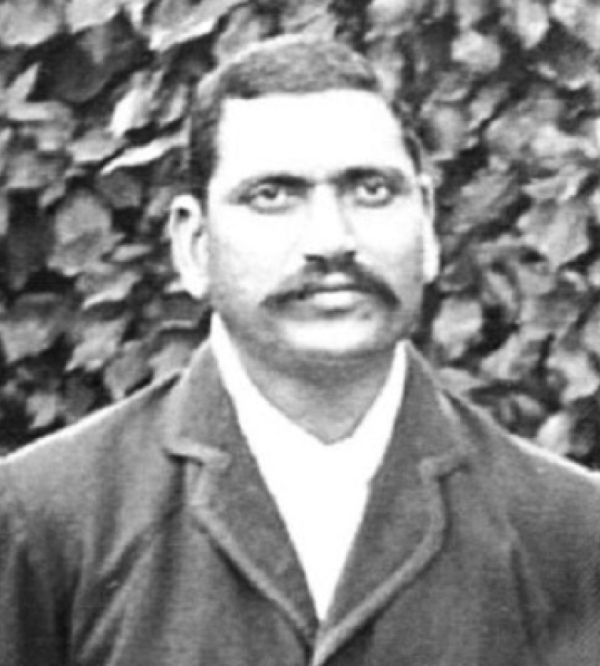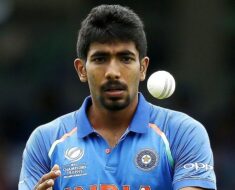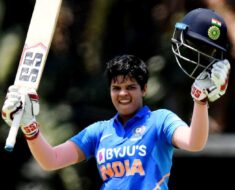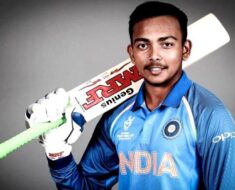Palwankar Baloo, a pioneering Indian cricketer of the 19th and 20th centuries, transcended caste barriers to achieve cricketing excellence and become a symbol of social change. His story is one of remarkable skill, unwavering determination, and significant contributions beyond the cricket field.
Biography/Wiki
Born on March 19, 1876, in Dharwad, Karnataka, Baloo faced immense prejudice due to his Dalit caste. Despite this adversity, he rose to prominence as a skilled left-arm orthodox spinner, capable of turning the ball both ways, making him a formidable bowler on even batsman-friendly pitches. He tragically passed away on July 4, 1955, in Bombay at the age of 79.
His career encompassed playing for prestigious teams like the Hindus and the Maharaja of Patiala’s All India Team. Beyond cricket, Baloo dedicated himself to uplifting the status of lower castes and untouchables within Indian society.
Family
Hailing from a family of leather workers, his father served in the army. The surname “Palwankar” originates from his birthplace, Palwan. He had three brothers – Babaji Palwankar Shivram, Palwankar Ganpat, and Palwankar Vithal – all of whom were also cricketers. His brother Vithal notably captained the Hindu team, and Baloo himself had a son named YB Palwankar.
Religion & Caste
Baloo practiced Hinduism and belonged to the Dalit caste, a group subjected to severe discrimination during his time. This discrimination significantly impacted his cricketing journey, with his talent often overlooked or even resulting in exclusion from teams. However, he overcame these obstacles, becoming a powerful symbol of resistance and social progress for the Dalit community and other marginalized groups.
Career
Baloo’s cricketing journey began humbly. He started by tending the pitch at a Parsi cricket club in Pune, earning a modest ?3 a month. In 1892, he moved to the Poona Club, where his duties included erecting nets, maintaining the pitch, and even occasionally marking tennis courts.
It was here that his talent was noticed. Mr. Tross, a European, encouraged him to bowl, and his impressive left-arm spin caught the attention of Captain J.G. Greig, who reportedly rewarded him for each wicket taken. Despite his bowling prowess, he was rarely given the chance to bat, reflecting the class biases prevalent at the time. His first-class debut arrived on February 8, 1906, playing for the Hindus against the Europeans.
His exceptional performances in the 1906 and 1907 matches against the Europeans of the Bombay Gymkhana, where the Hindus secured decisive victories, cemented his place in cricketing history. His tour to England in 1911 further highlighted his skill, showcasing his remarkable wicket-taking ability. Between 1905/06 and 1920/21, he claimed an impressive 179 wickets at an average of 15.21, establishing himself as the first Indian Dalit cricketer to achieve such heights.
Politics
Baloo’s influence extended beyond the cricket field. He forged a friendship with B.R. Ambedkar, a pivotal figure in challenging the caste system. While their relationship later experienced strain due to differing views on dismantling the caste system, Ambedkar consistently recognized Baloo’s heroic role within the Dalit community. Baloo actively participated in pre-independence politics, notably supporting Mahatma Gandhi’s Home Rule Movement.
He ventured into electoral politics, unsuccessfully contesting a Bombay Municipality seat in 1933. In 1937, he ran for a “Scheduled Caste” seat in the Bombay Legislative Assembly, facing a close defeat against B.R. Ambedkar.
Facts
Key facts about Baloo’s life and career:
- Last first-class match: December 8, 1920 (Hindus vs. Parsees)
- 2018 Biopic Announcement: A biopic on his life was announced, produced by Priti Sinha and directed by Tigmanshu Dhulia.
| Aspect | Details |
|---|---|
| Birth Date | March 19, 1876 |
| Birthplace | Dharwad, Karnataka, India |
| Death Date | July 4, 1955 |
| Death Place | Bombay, India |
| Bowling Style | Left-arm orthodox spin |







